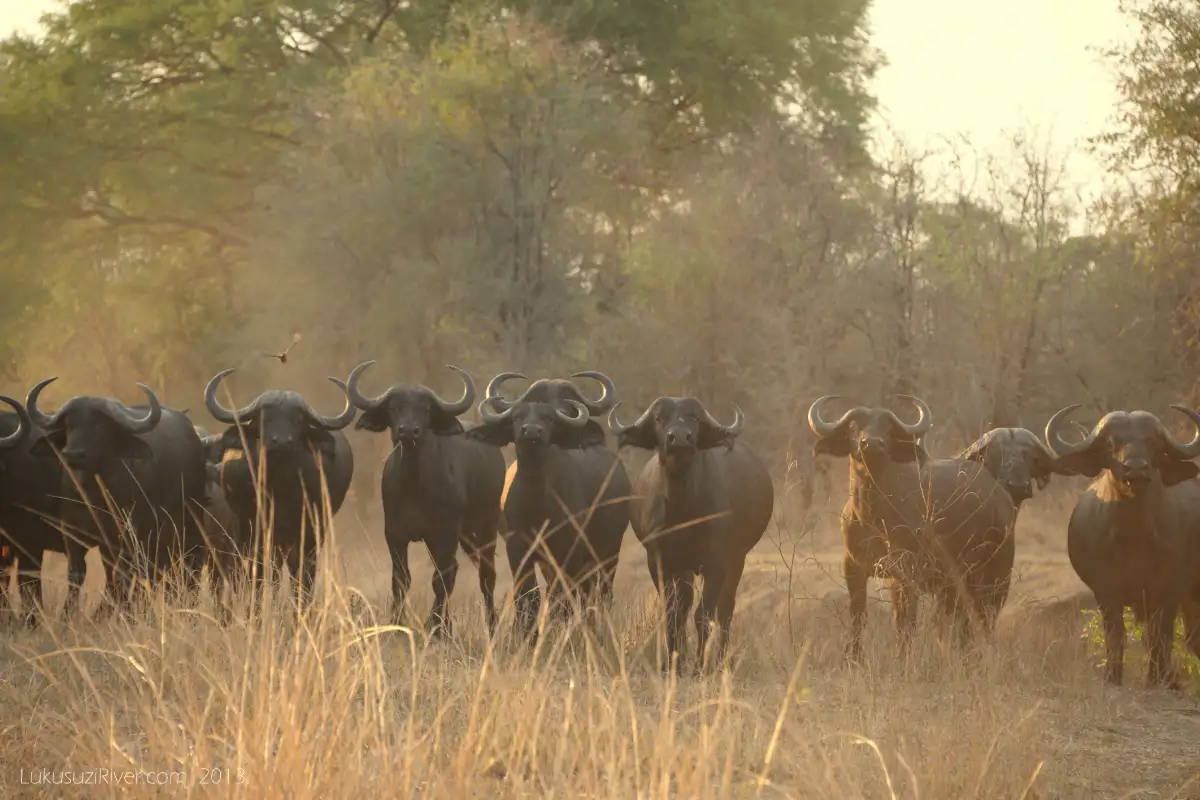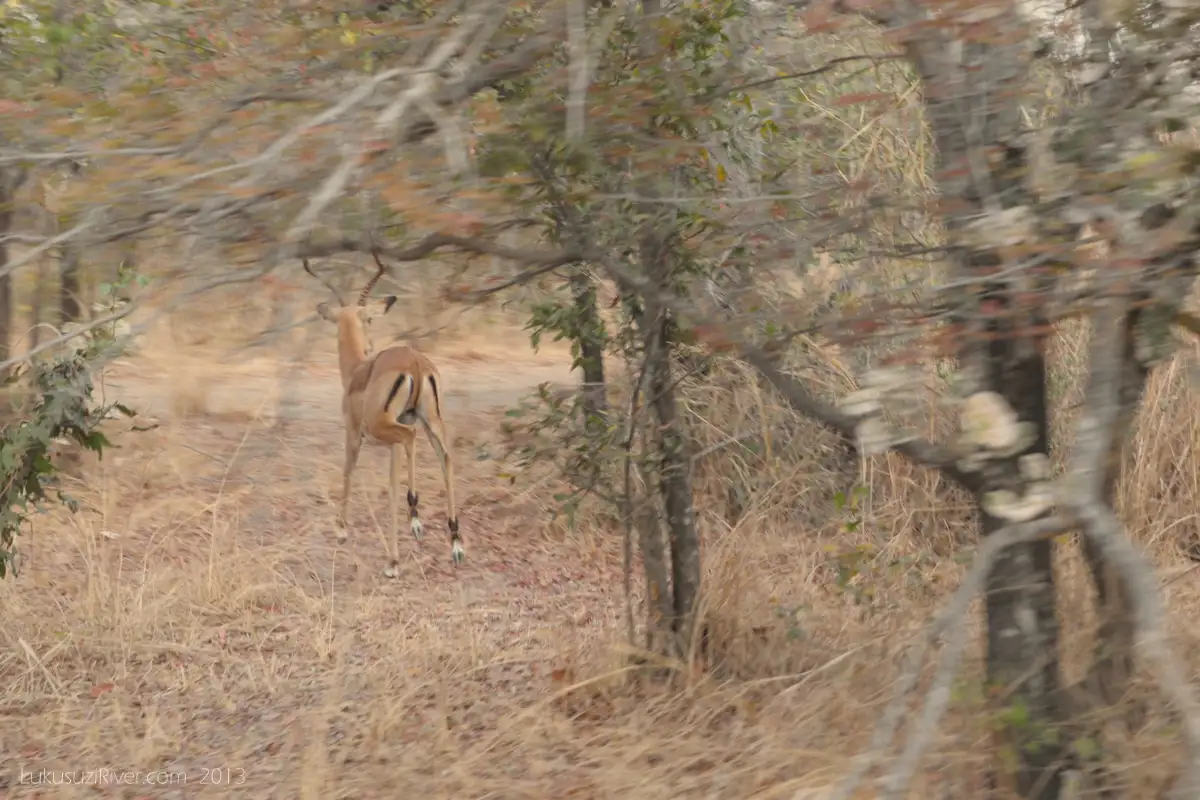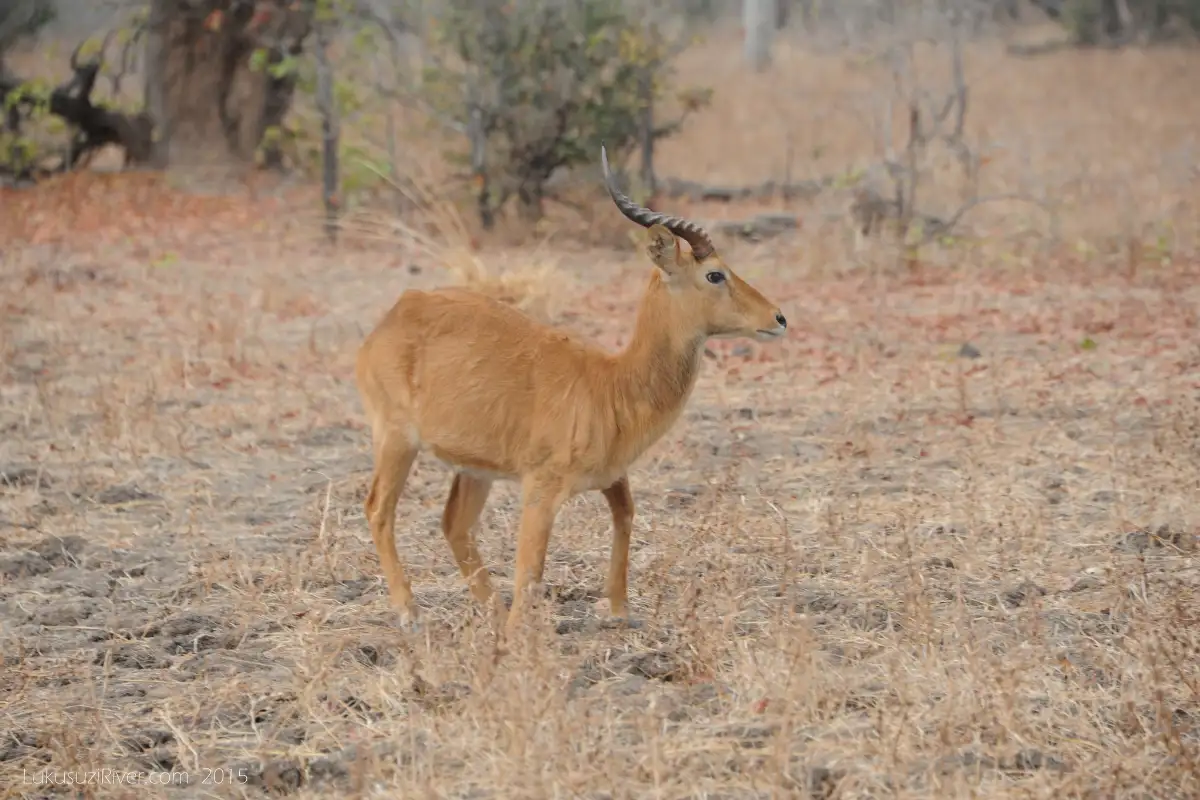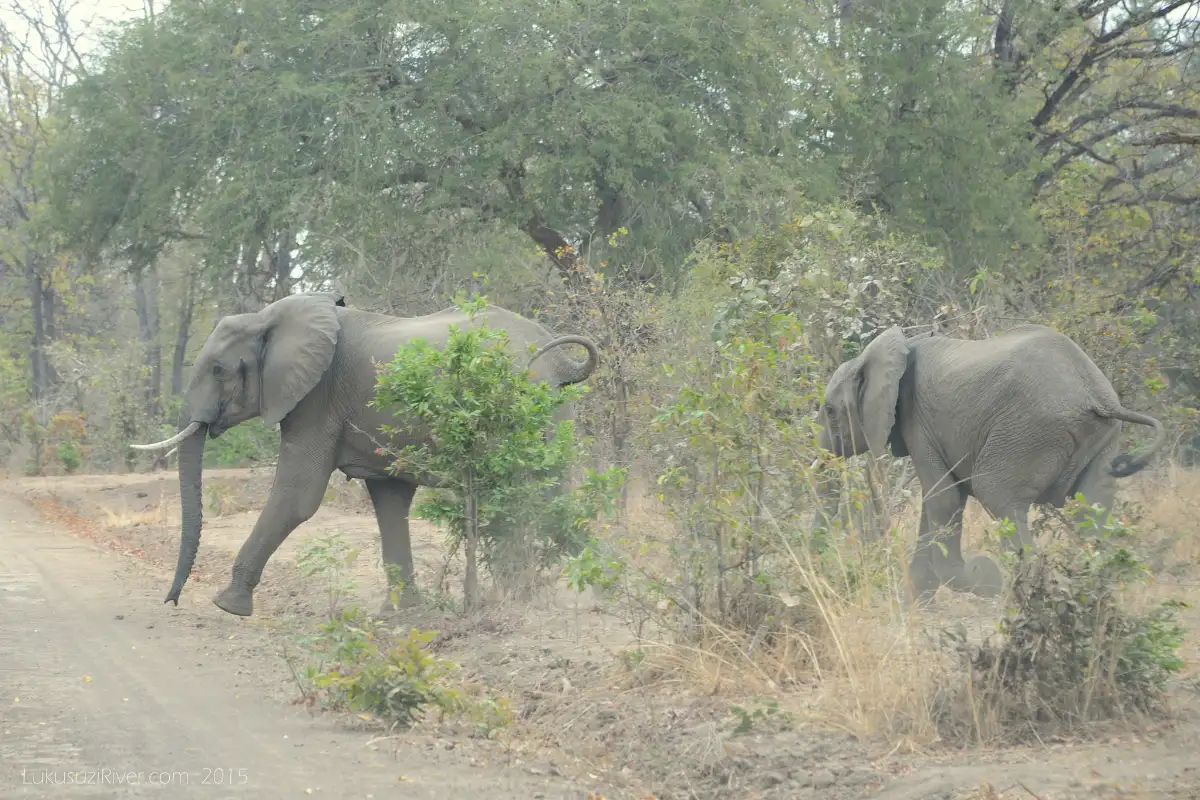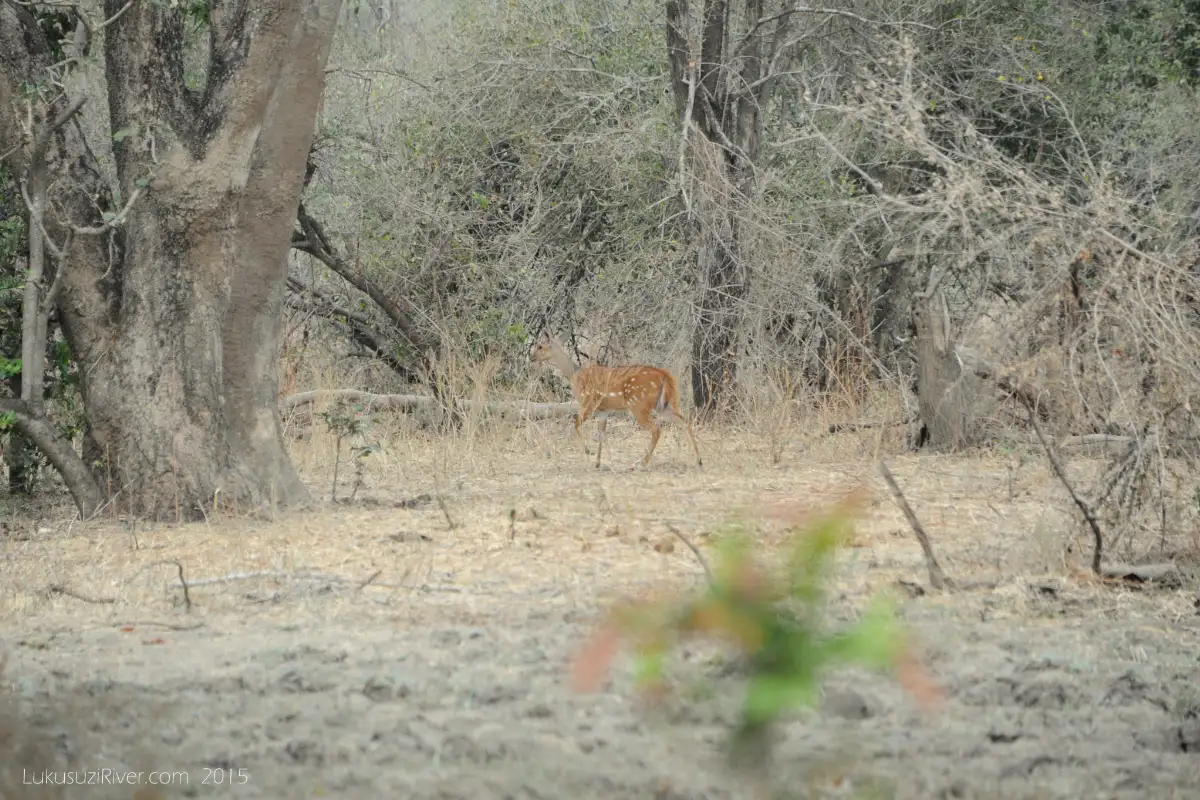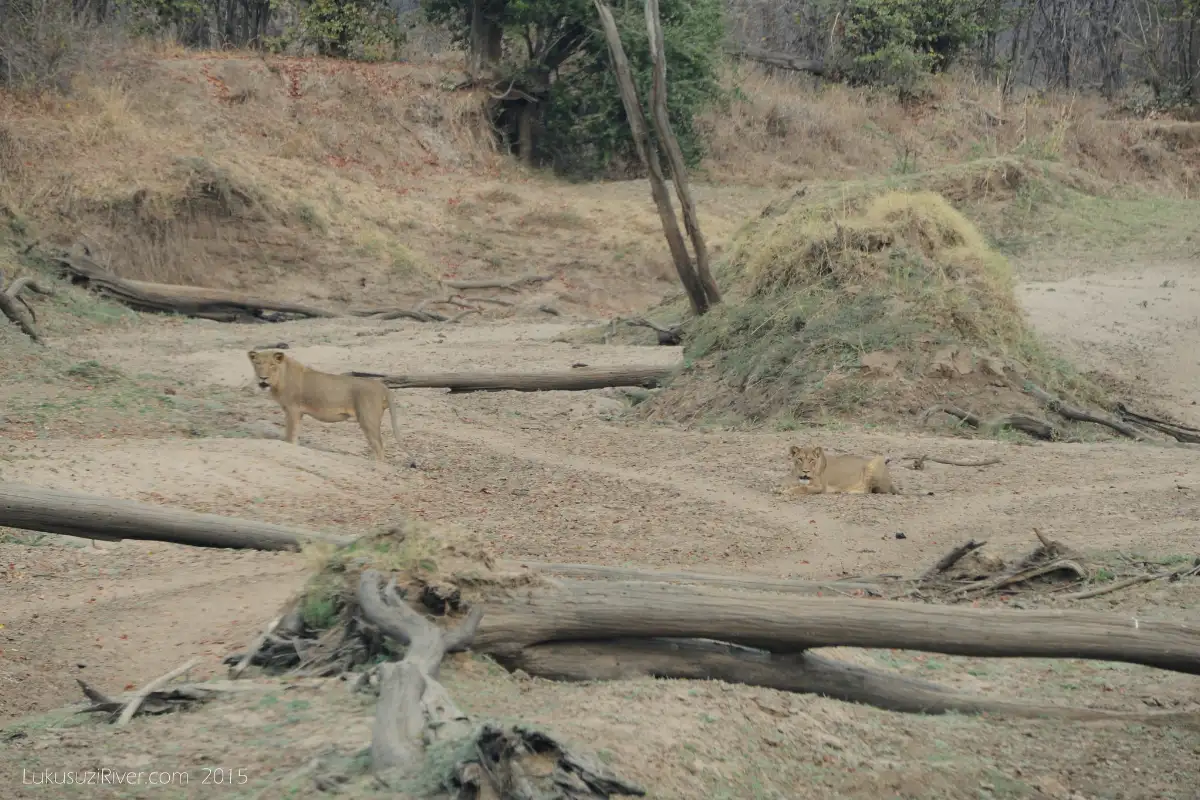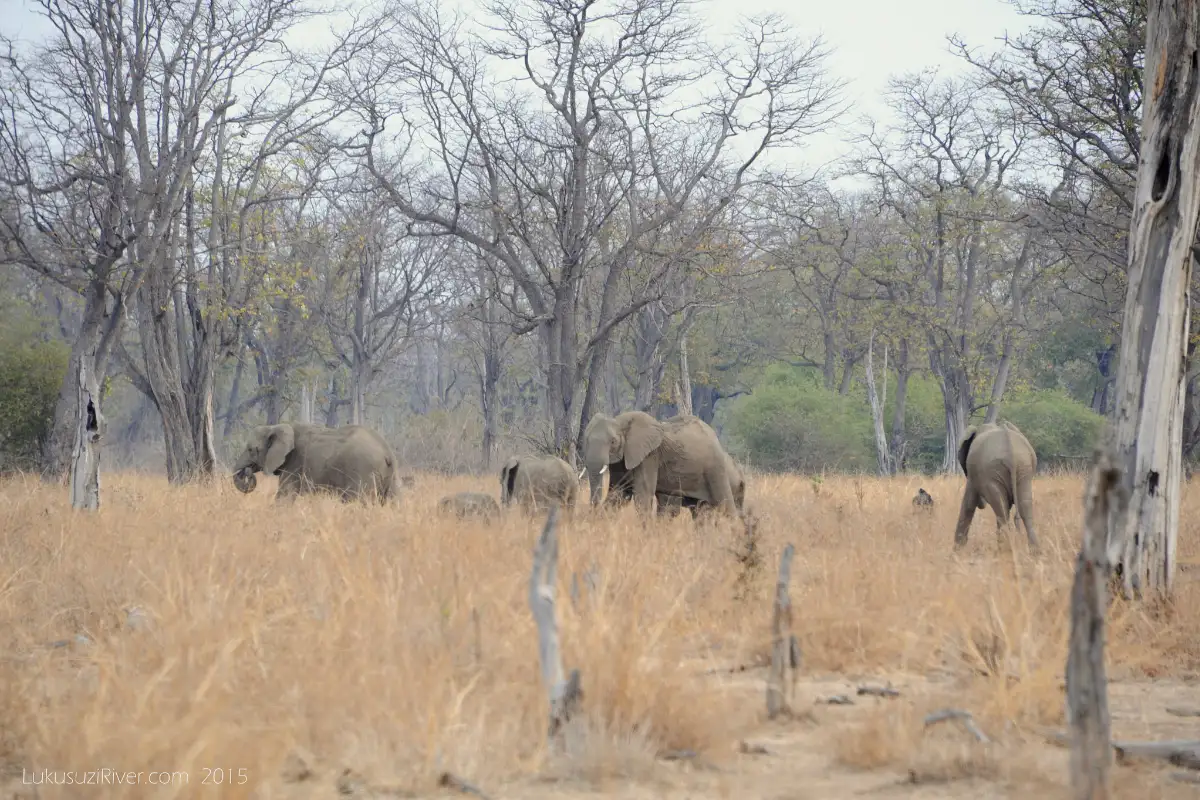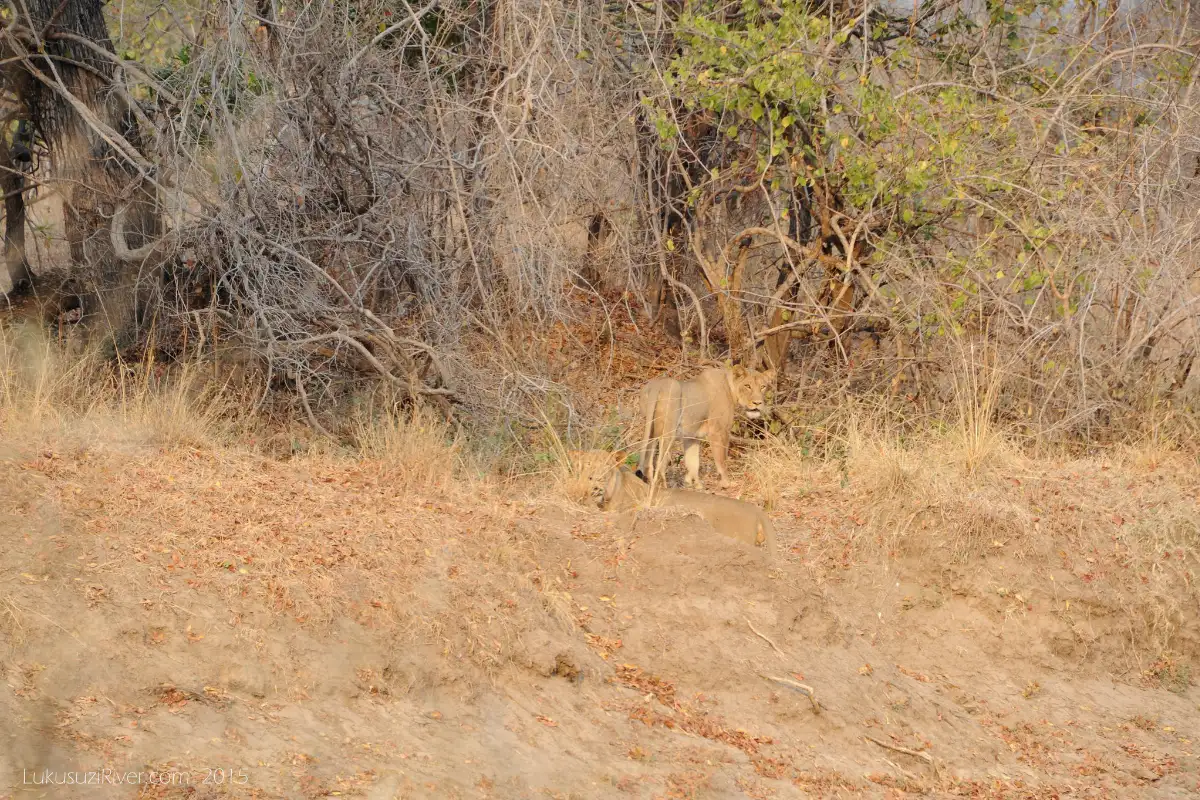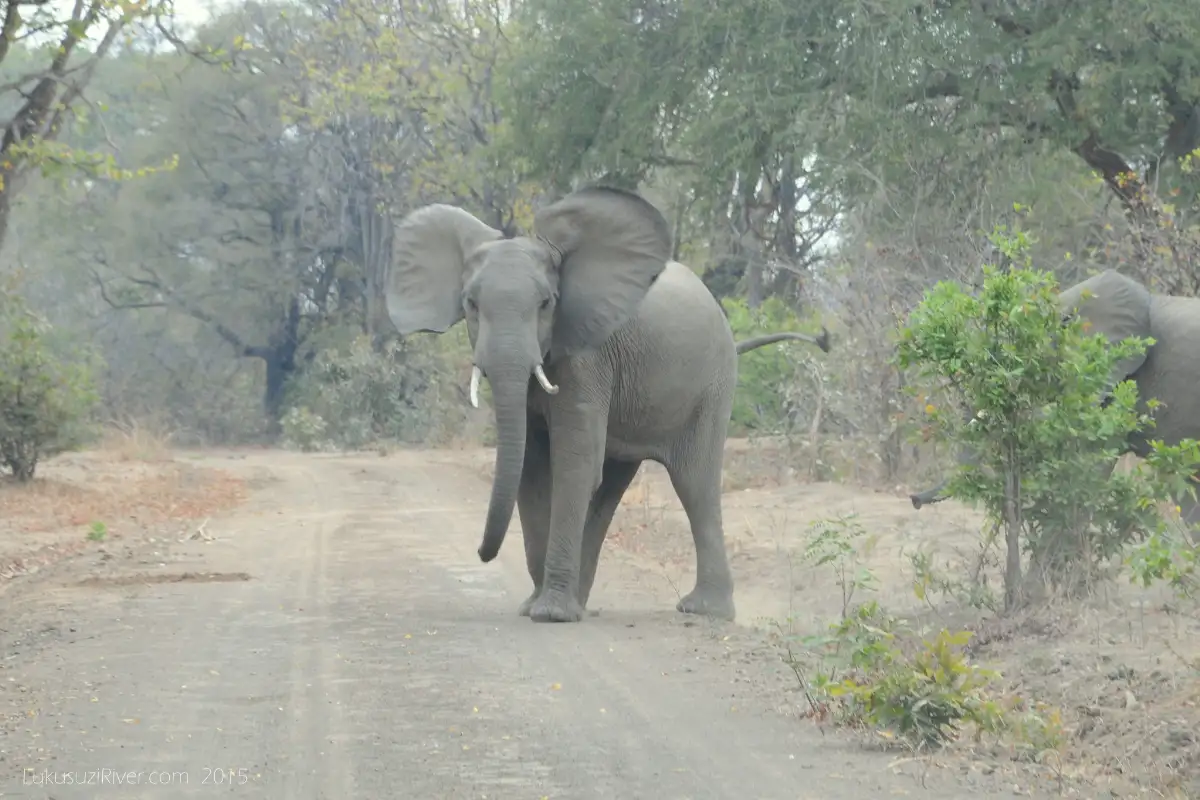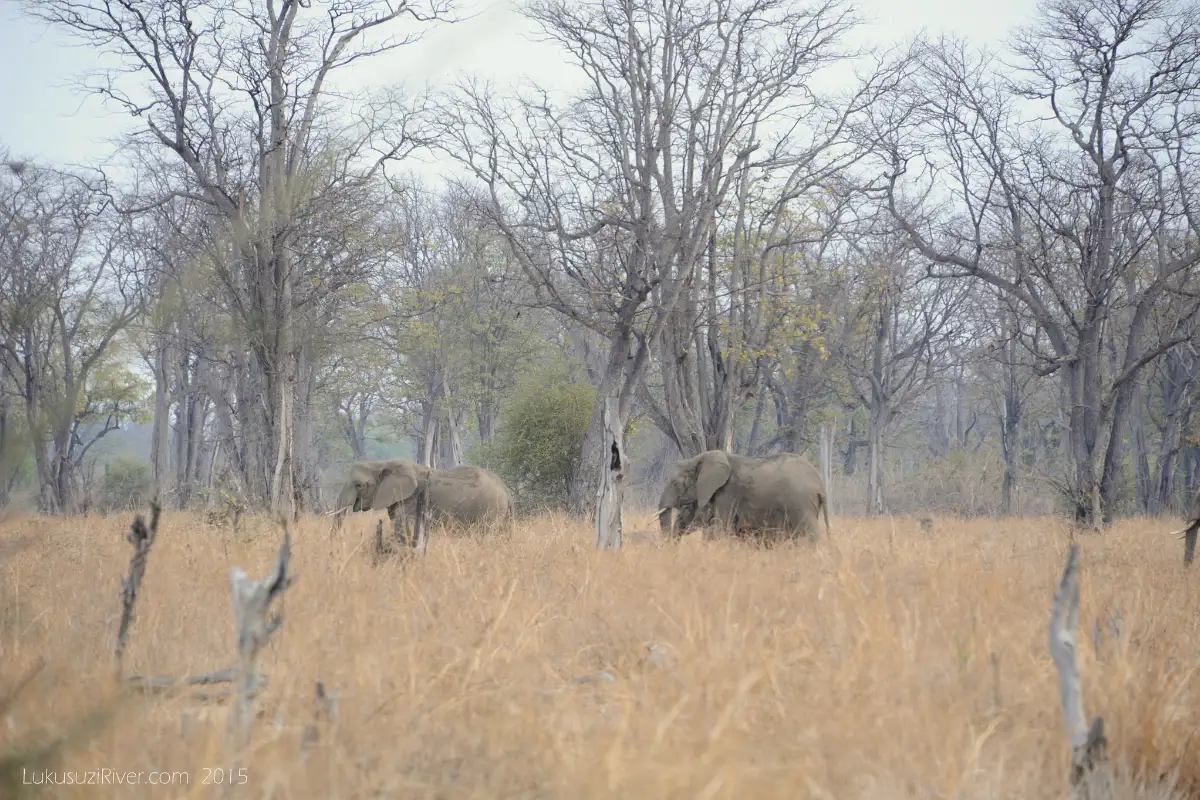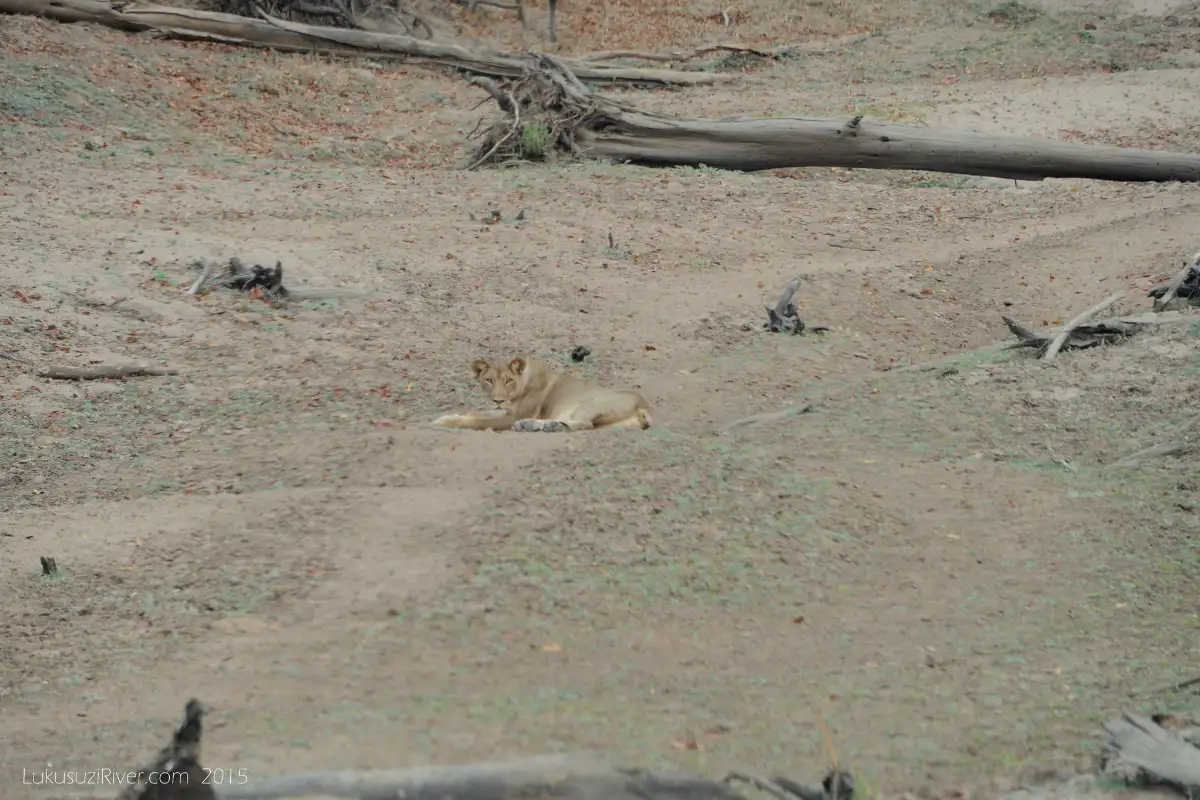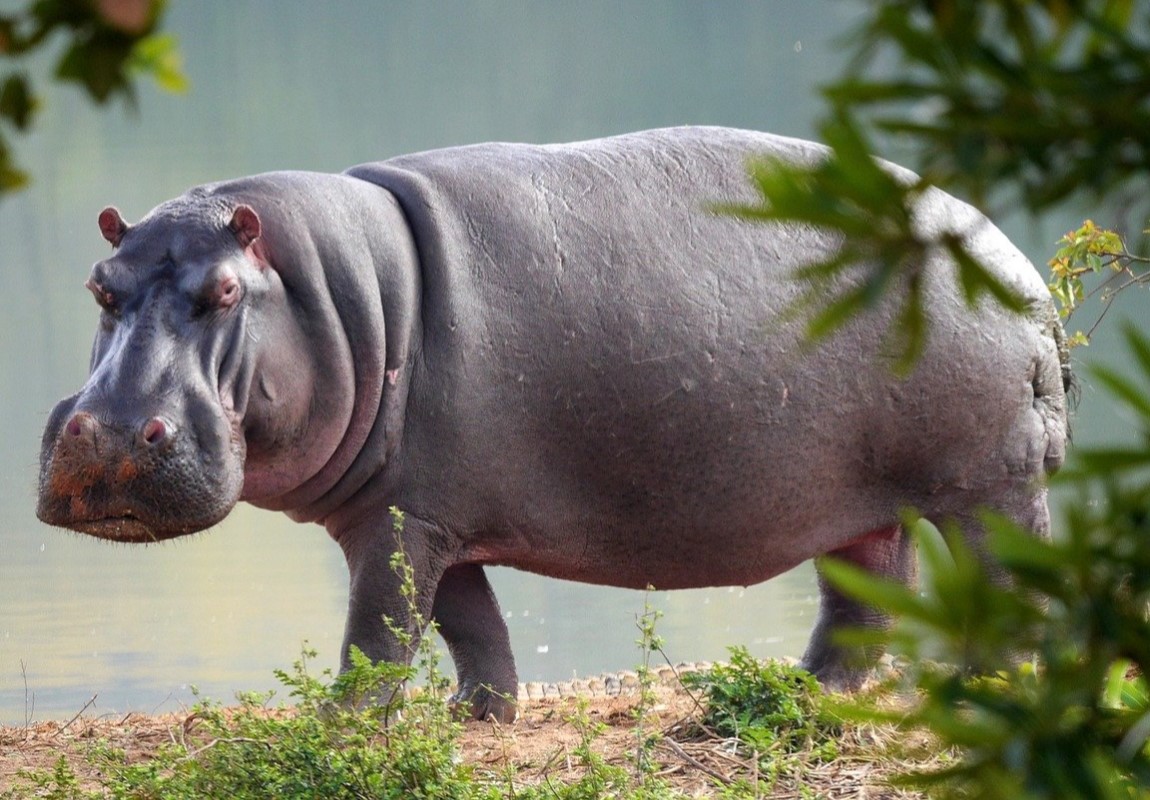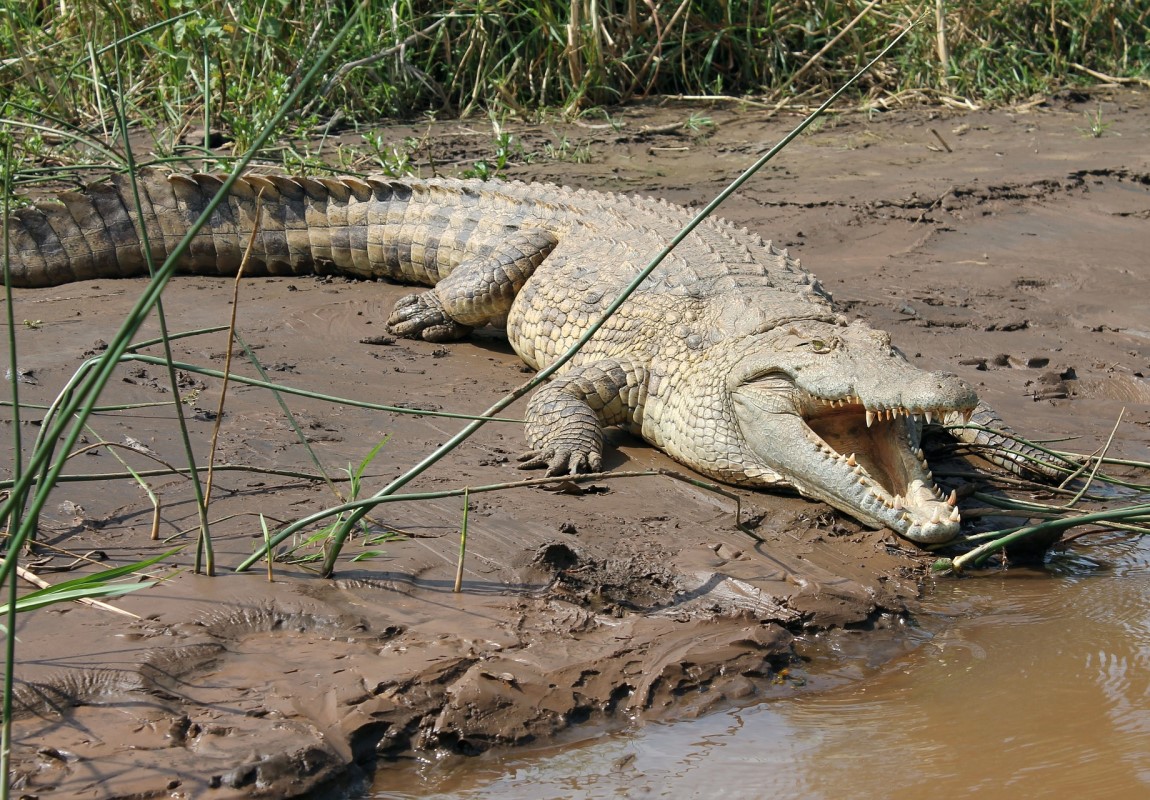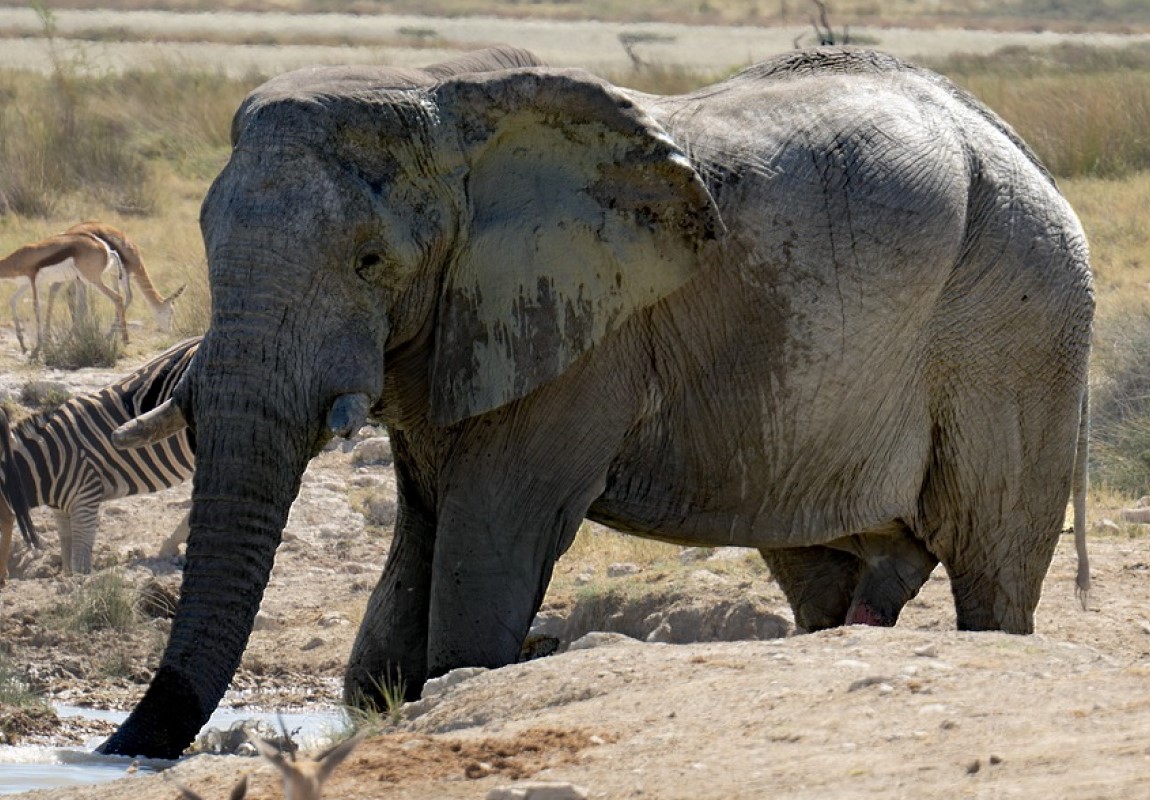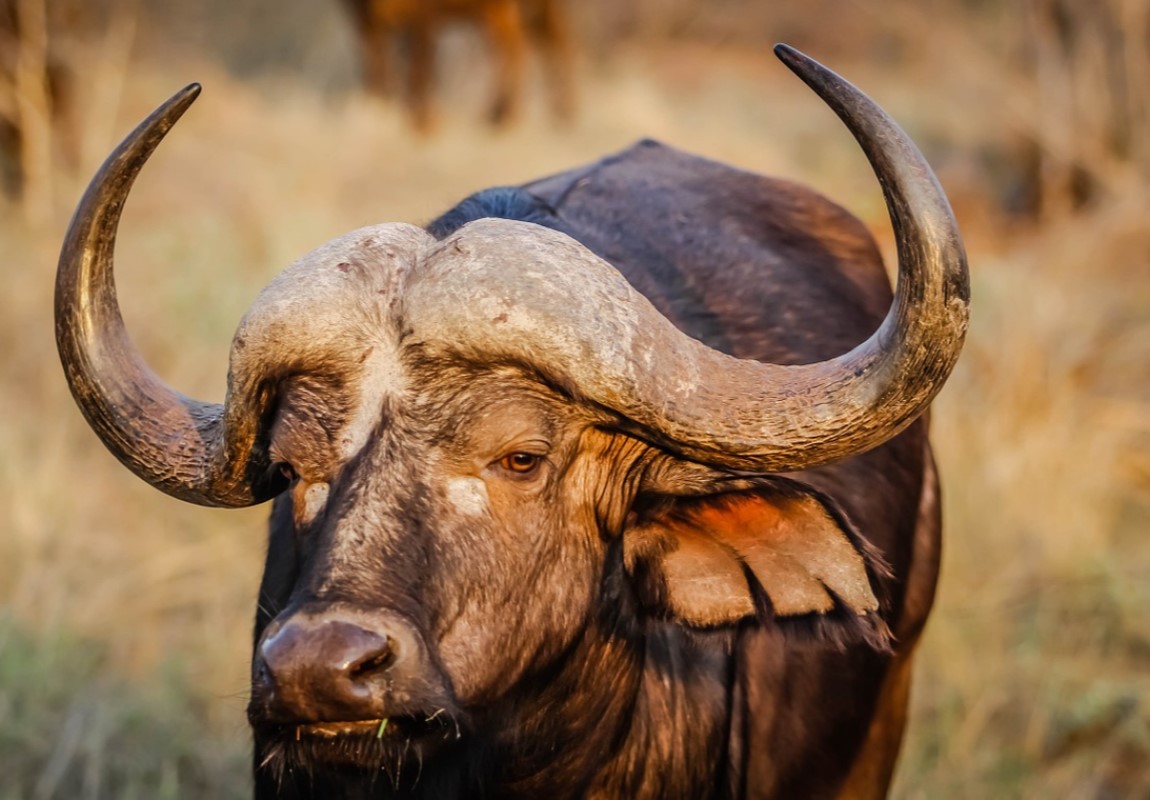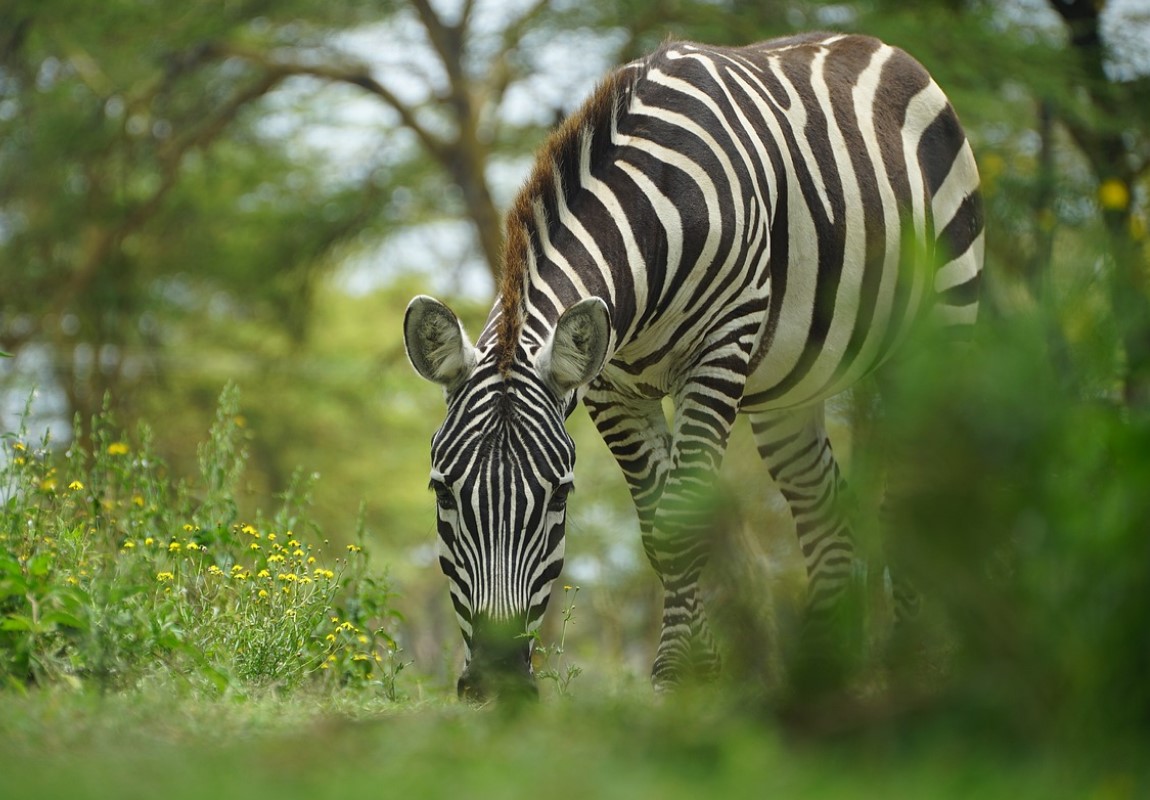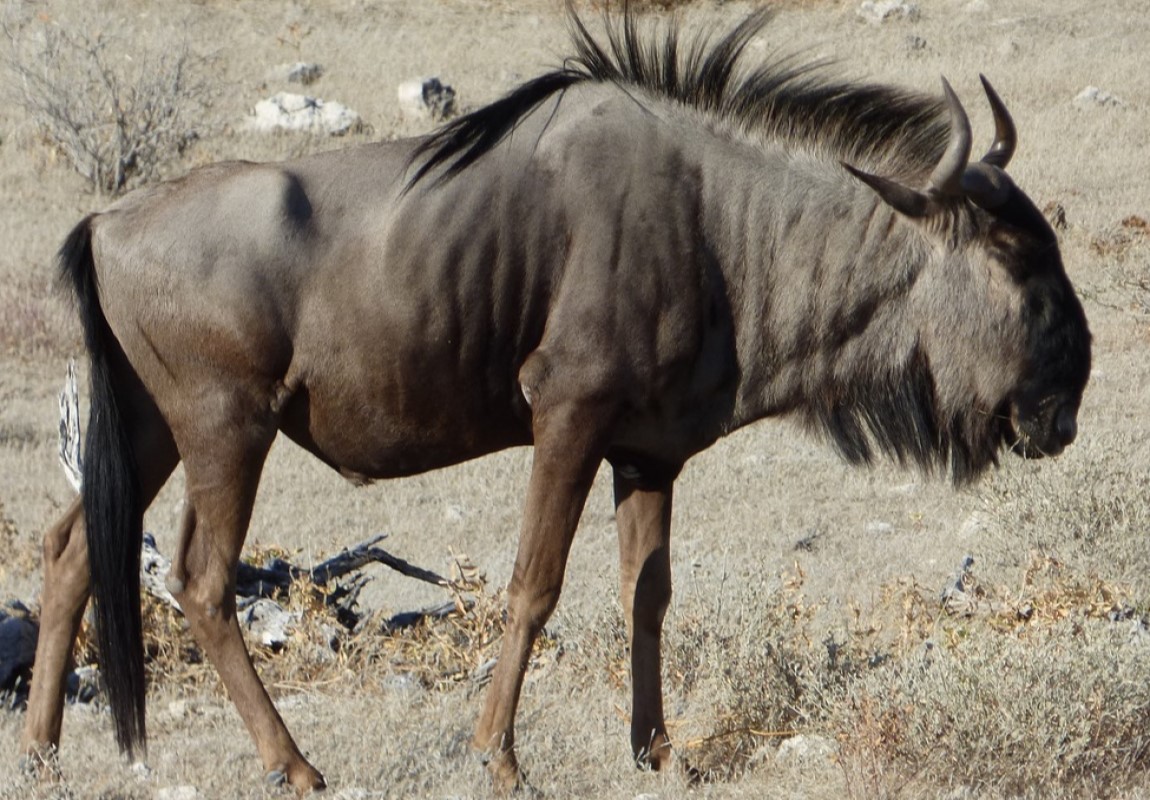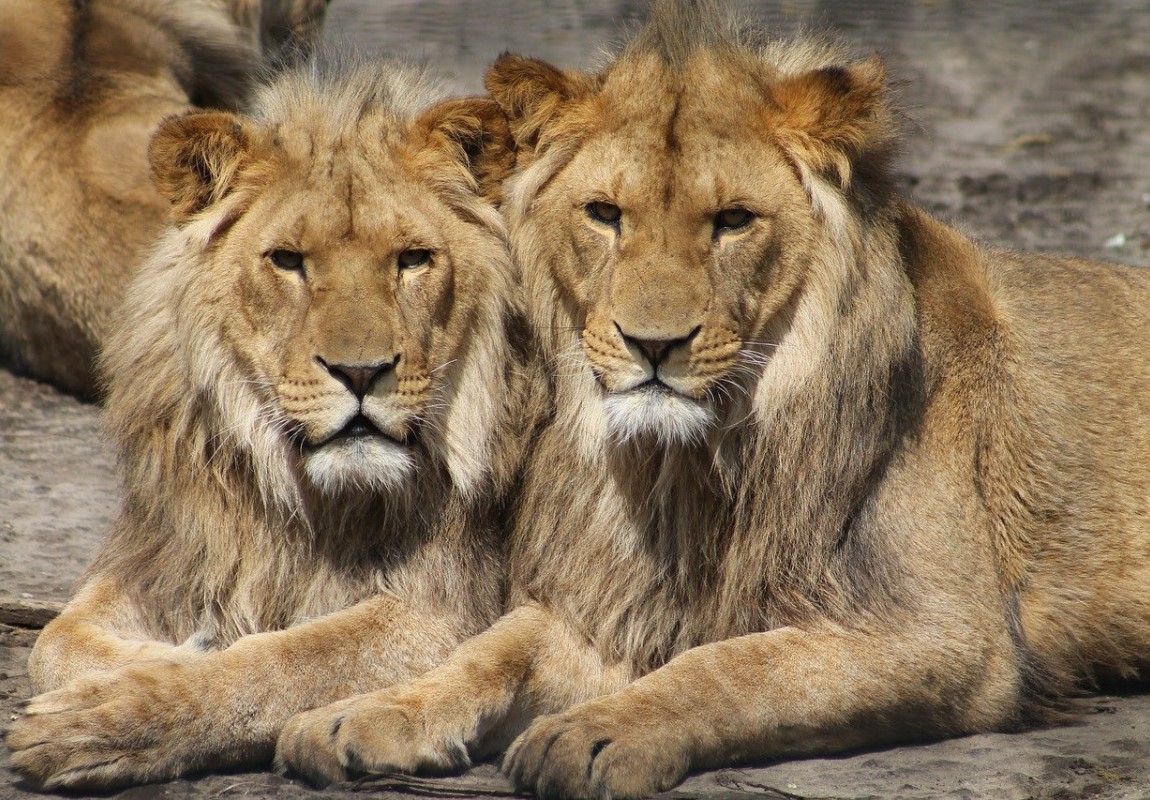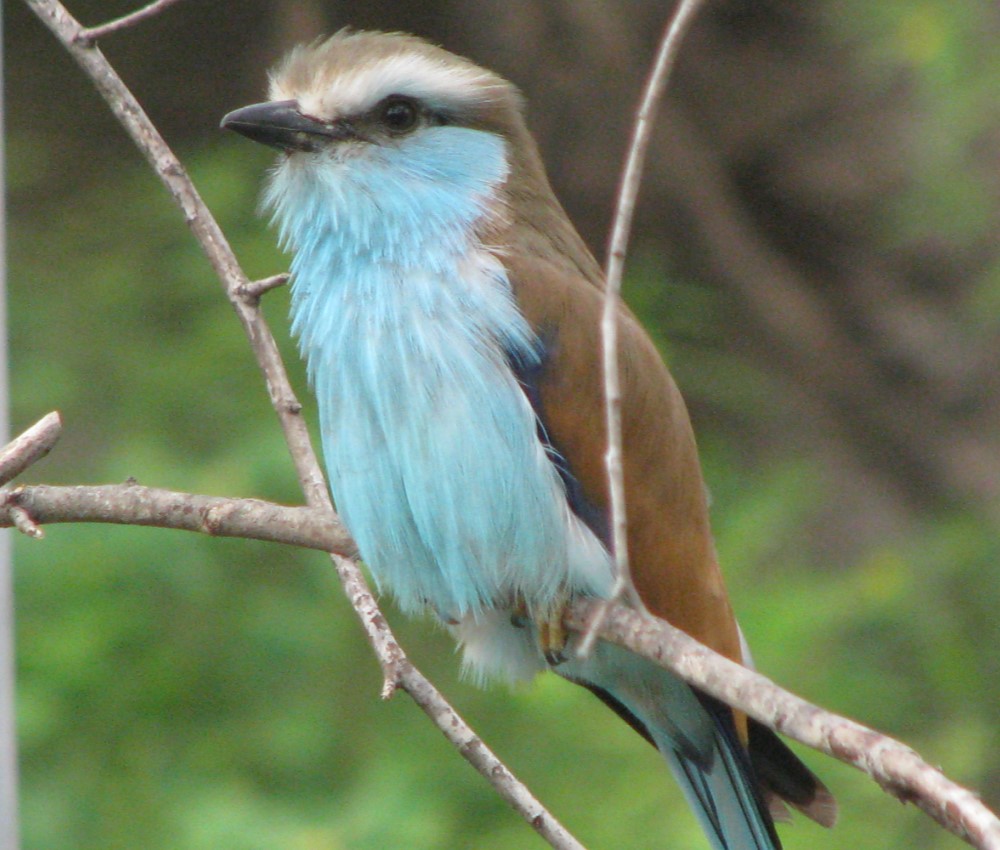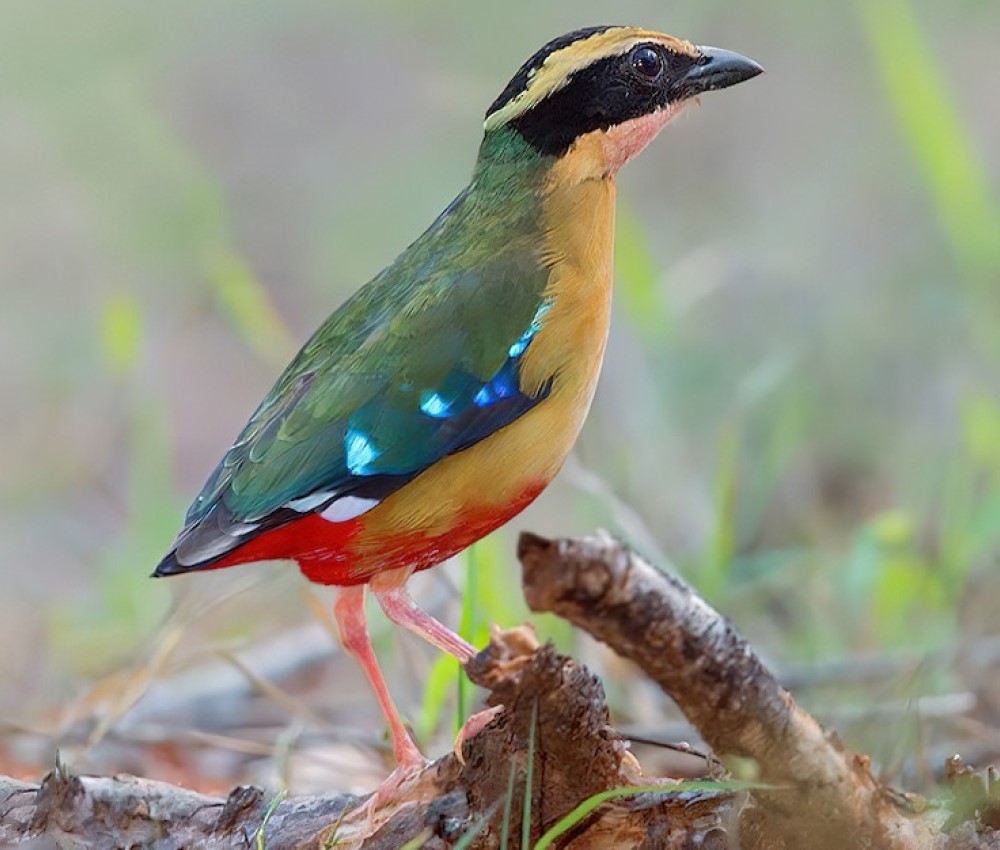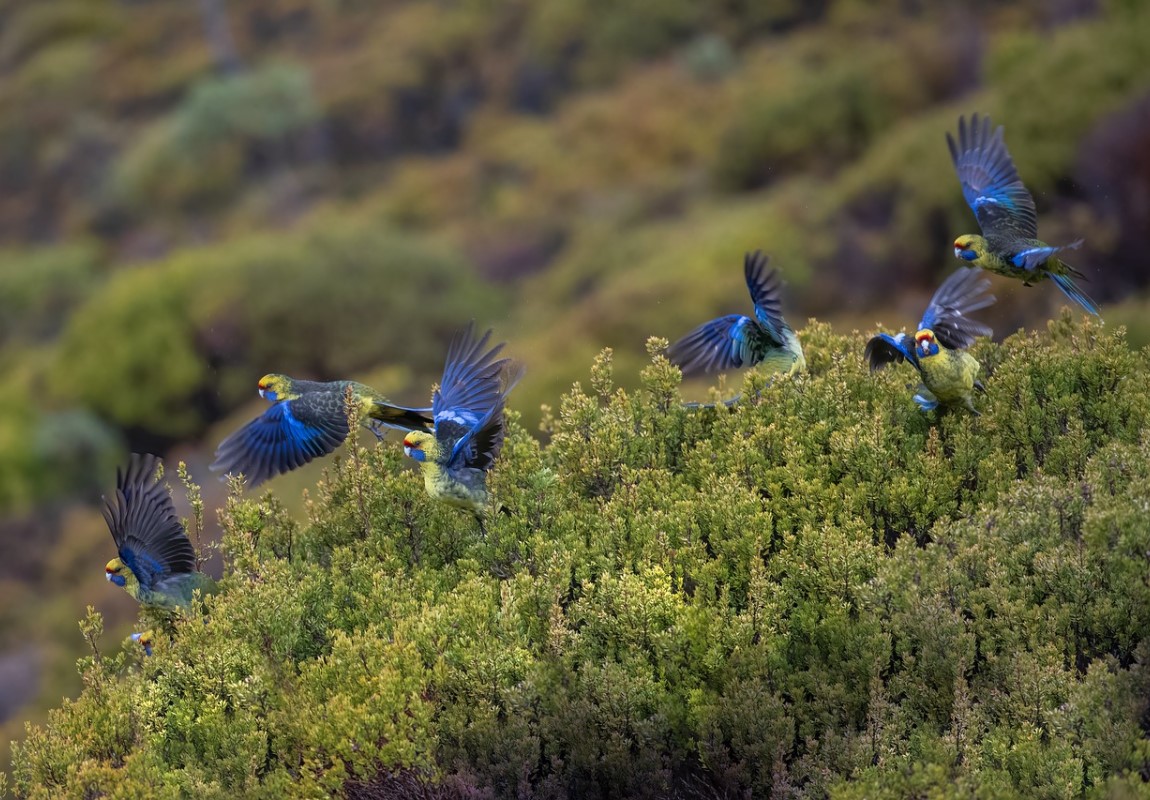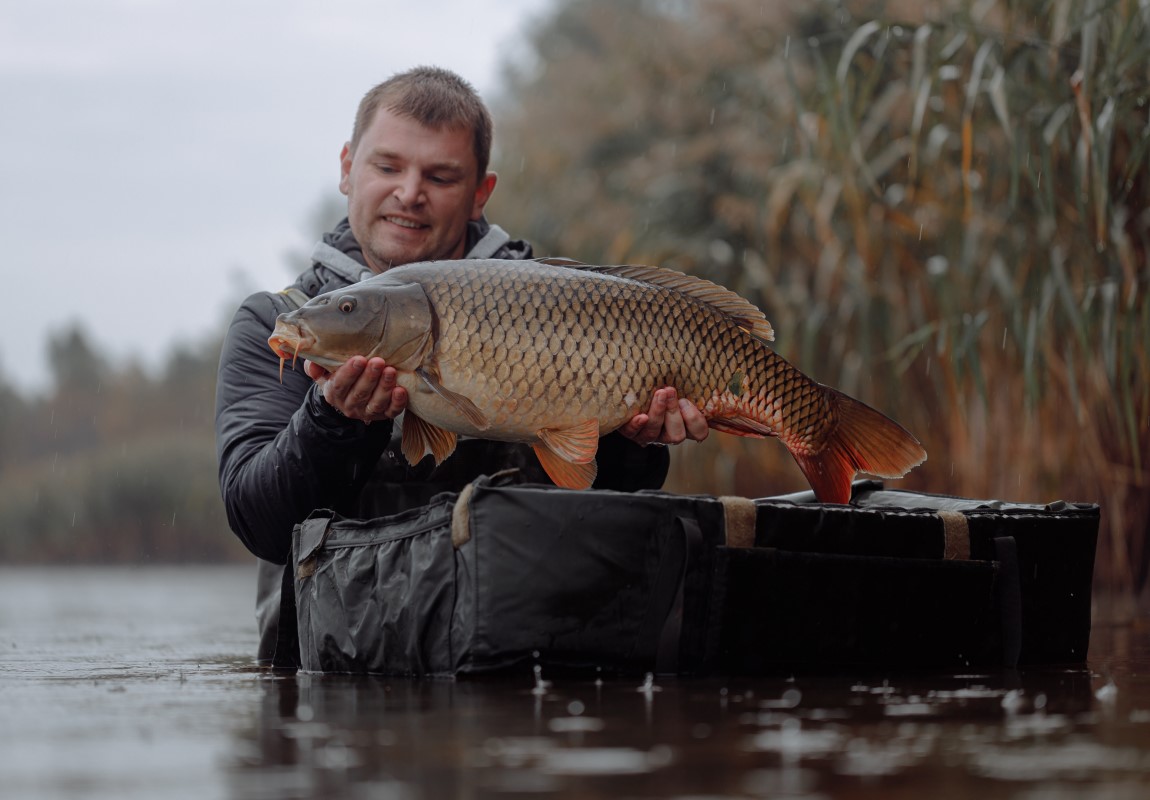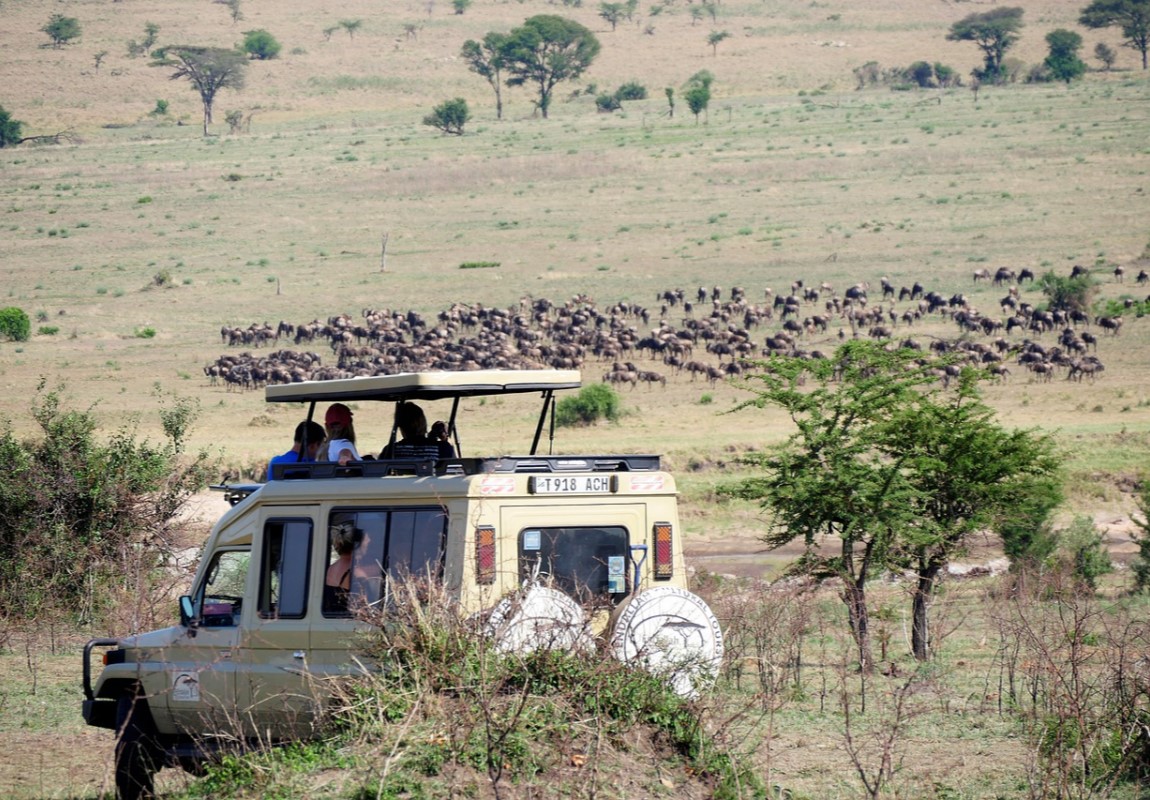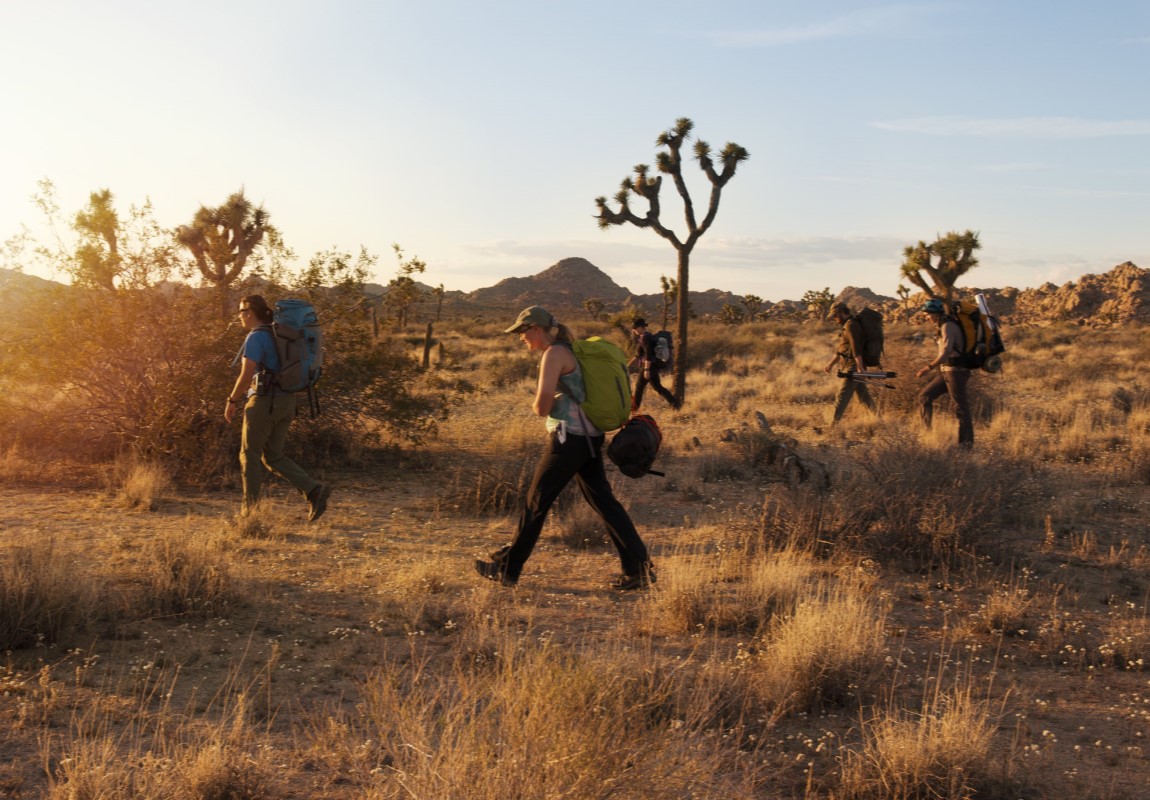Starting from
$700PP
Overview
Luambe is one of Zambia's smallest national parks. Situated on the eastern bank of the Luangwa it lies in the core of the Luangwa valley between Lukusuzi, North and South Luangwa public parks. Luambe offers a remote safari in a National Park that is being reestablished through preservation. There is just one hotel accessible in the park which operates in the Dry season and is situated at the stream, and elephants are routinely seen coming to drink. The wildlife found in Luambe is like that of its larger neighbouring parks and incorporates every one of the typical huge herbivores, and carnivores as well as some less well-known species.
Pros & Cons
- Four of the Big 5 can be spotted (Except Rhino)
- Off-the-beaten-track destination with limited travellers
- Affordable lodge on the bank of the Luangwa River
- Game drives, night drives and guided walks are available
- Convenient stop-over for self-drive visitors between North and South Luangwa
- Limited wildlife as compared to North and South Luangwa
- Small game-drive circuit
- Road Conditions are bad in the Dry season and impassable in the Wet season
Map in Zambia
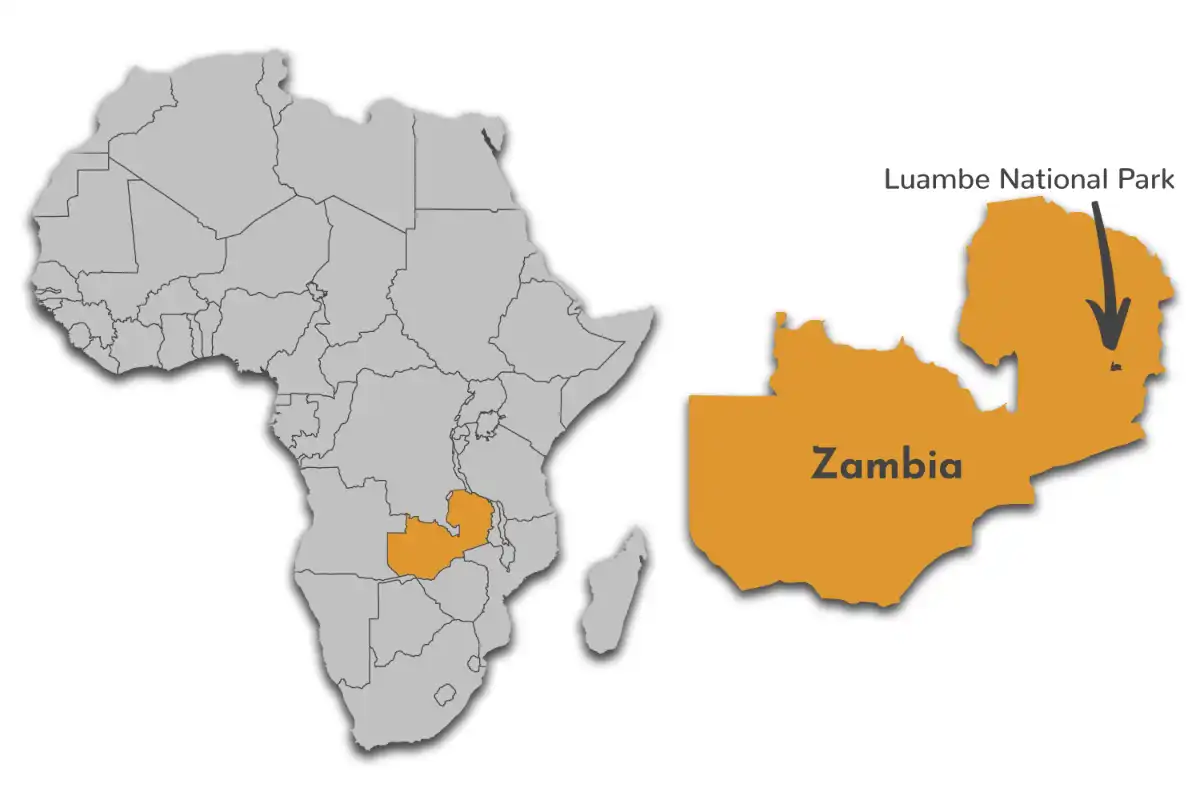
Want to Visit Luambe National Park?
Gallery Images
Explore the stunning beauty of Luambe National Park through our curated collection of photographs showcasing its landscapes, wildlife, and natural wonders.
Want to Visit Luambe National Park?
Wildlife & Animals
The most common larger game species found in Luambe are puku, impala, warthog, bushbuck, waterbuck, kudu, hippo, zebra and buffalo. However, sightings of Cookson’s wildebeest, roan antelope, Lichtenstein´s hartebeest, eland, common duiker and oribi are also possible. Thornicroft´s giraffe has been seen regularly over the last two years. Elephants are common in Luambe and are said to be on the increase.
Wildlife Highlights
Larger carnivores such as lions, leopards, spotted hyenas, and wild dogs are regularly seen. Smaller carnivores such as the serval, African wild cat, African civet, blotched genet and various mongoose species can also be found, especially during night drives.
Best Time for Wildlife Viewing
The best time to visit Luambe National Park for wildlife viewing is during the dry season from July to October, when Animals gather at rivers and other watercourses. Also, the vegetation is thinner during these months, which makes spotting much easier. The park becomes totally inaccessible in the Wet season, and the only lodge operates from June to October.
Want to Visit Luambe National Park?
Birds
Luambe National Park supports more than 200 species of bird. For the energetic birdwatcher, birding in Luambe National Park can be staggering with rarities like the African skimmer, racket-tailed roller, Pel´s fishing owl, white-backed night-heron, Angola pitta and Lilian´s lovebirds. Large colonies of southern carmine bee-eaters can be found along the banks of the Luangwa River in September and October. Other regularly seen species incorporate tremendous raptors, for example, the Martial, Tawny and African Fish Eagles just as an assortment of water birds including herons, ducks and geese.
Best Time for Birding
Luambe offers a great birding experience throughout the year. However, the best time to visit is during the wet season from November to April. It is also the time when migratory birds are available and a lot of birds can be seen in breeding plumage.
Want to Visit Luambe National Park?
Best Time to Visit – Luambe National Park
The best time to visit Luambe National Park for wildlife viewing is during the dry season from July to October, when Animals gather at rivers and other watercourses. Also, the vegetation is thinner during these months, which makes spotting much easier. The park becomes totally inaccessible in the Wet season, and the only lodge operates from June to October.
May to October (Dry Season)
- Best time for Wildlife viewing
- It is sunny, and there is little rain
- Fewer mosquitoes and less chance of catching malaria
- The sky is hazy with a lot of dust in the air
- The weather is extremely hot in October
- Warm clothes are recommended for the early morning & night chill weather
November to April (Wet Season)
- Birding is best as migratory birds are present
- Plenty of baby animals that attract predators
- The scenery is beautiful and at its most lush
- Only available lodge in the park is closed
- Extreme Hot and Humid climate
- Roads become impassable and difficult to drive after heavy rainfalls
- Malaria is more of a concern in the Wet season
Want to Visit Luambe National Park?
Activities
Explore popular activities available in and around Luambe National Park.
Want to Visit Luambe National Park?
No FAQs available for this park yet.

 English
English French
French
